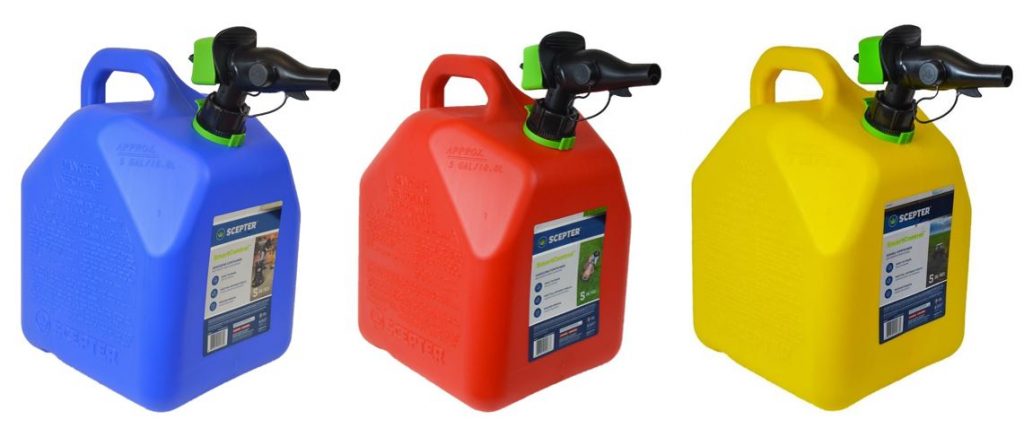Quick History of Kerosene Oil
Remember learning about John D. Rockefeller and his oil empire in the 1800s? One of the main fuels he was selling back then was kerosene. Derived from crude oil, kerosene gained popularity as a fuel for light fixtures and was available all over the country.
Today, kerosene is primarily used for home heating and in jet fuel. In this beginner’s guide to kerosene we will break down the basics of kerosene in the modern world. Let’s dive in!
What is Kerosene?
Kerosene is a low-viscosity, combustible clear liquid that is derived from petroleum. It has a flash point between 100 and 150° F and, importantly, freezes (turns to gel) at around -40° F. Because heating oil gels at around 16° F, kerosene can be stored in significantly colder air without the risk of it gelling.
What is Kerosene Oil Used For?
Kerosene was originally used in the late 1800s as a fuel for lighting fixtures. Its popularity soared and price dropped dramatically as a result of Standard Oil’s marketing and distribution practices. Its popularity waned, however, once electricity became commonplace throughout America. Electric lamps, which did not require refueling, soon eliminated the need for kerosene deliveries.
Today, kerosene is primarily used as a fuel for home heating. It is also used as a fuel additive and can be mixed in with a tank of heating oil as well. Kerosene is also the primary ingredient of jet fuel used in aircraft today.

How is Kerosene Different From Other Types of Heating Oil?
Kerosene is similar to heating oil, but the two are not interchangeable. There are some differences between home heating oil and kerosene. Kerosene has a lower flash point of 100 to 150° F. It starts to give off flammable gases at around 100° F, making it a bit more hazardous than heating oil. Heating oil must be atomized and heated to 140° F to be ignited.
One of the benefits of kerosene, however, is its freeze point. Kerosene begins to gel at around -40° F, compared to 16° F for heating oil. This means kerosene can be stored in outdoor tanks in colder climates than heating oil, making it better for colder climates where temperatures can drop well below freezing.

Can I Add Kerosene to My Heating Oil Tank?
It depends. While kerosene oil is similar enough to heating oil to be mixed together and burned together, it is not similar enough to replace heating oil outright. In other works, it is OK to add kerosene to a full heating oil tank. It is not OK to fill an empty heating oil tank with kerosene. Heating oil equipment can be permanently damaged if running kerosene for an extended period of time.
All that being said, some technicians recommend adding kerosene to a tank periodically as a cleanse of sorts. There are other additives available that may be able to do this as well.
If you are out of heating oil at home, we recommend picking up 5 or 10 gallons of diesel fuel and adding it to your tank until you have have heating oil delivered. Follow this step-by-step guide for what do do if you run out of oil here.
Can I Switch From Heating Oil to Kerosene?
The only way to make a wholesale switch from heating oil to kerosene would be to upgrade your burner and nozzle for kerosene-specific components. This would be recommended for extremely cold climates where an indoor heating oil tank is not permitted, and an outdoor heating oil tank has trouble with gelling.
Kerosene is generally not as readily available as heating oil though, so it is quite unusual for folks to make this switch. Due to its scarcity, especially in the Northeast, we would recommend heating oil over kerosene. It comes with a lower price per gallon, and you can easily use an additive to keep it from gelling in the colder months. Plus, with a Smart Oil Gauge you can be saving even more money every month and keeping your home heating system efficient.
Happy heating,
Steve



